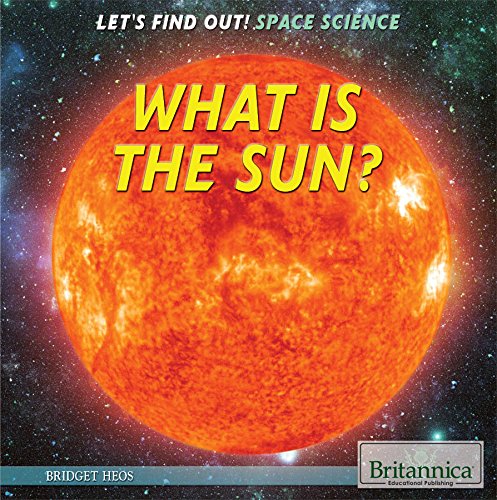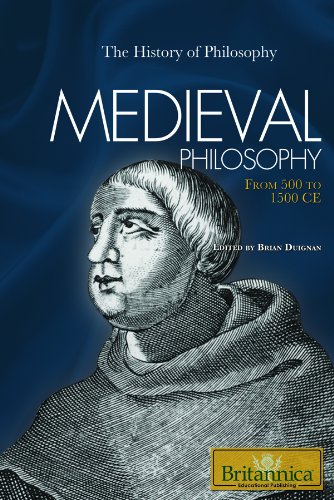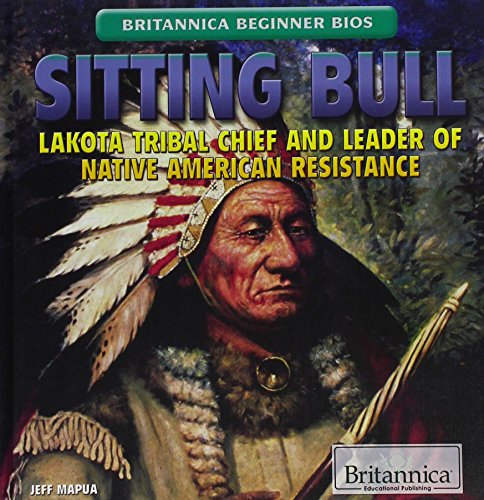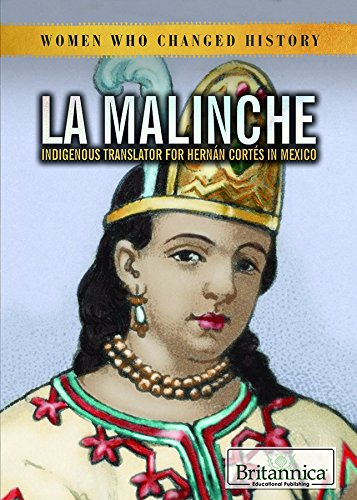-
What Is The Sun?
Bridget Heos
Library Binding (Britannica Educational Pub, Aug. 1, 2014)This simple guide to the sun and stars will engage readers with the fundamentals of astronomy, detailing how the heavenly bodies affect one another and how they ultimately affect us. The material covers basic science curriculum for this reading level, making it an important supplement for students who want to study independently, teachers who want to provide supplemental materials, or readers who simply want to know more about the universe. The accessible and straightforward language makes this volume and intriguing read. M
M
-
Pioneers in Astronomy and Space Exploration
Michael Anderson
Library Binding (Britannica Educational Pub, Aug. 10, 2012)The pioneers of astronomy and space exploration have advanced humankinds understanding of the universe. These individuals include earthbound theorists such as Aristotle, Ptolemy, and Galileo, as well as those who put their lives on the line travelling into the great unknown. Readers chronicle the lives of individuals positioned at the vanguard of astronomical discovery, laying the groundwork for space exploration past, present, and yet to come.
-
Electronics
Sherman Hollar
Library Binding (Britannica Educational Pub, Dec. 15, 2011)Presents an introduction to the science of electronics, covering the history, important concepts, key inventions, and applied technology of the field. U
U
-
What Are Fish?
Bobi Martin
Paperback (Britannica Educational Pub, Jan. 1, 2017)Many animals live in water, but only some can be defined as fish. Twenty-eight thousand species of fish exist, each with different characteristics. Readers from grades one through four will learn that fish have a distinct impact on their ecosystem and will see how fish survive when well-adapted to an uncompromised environment. Beautiful photographs demonstrate the great diversity of fish and accompany intellectually stimulating explanations of their varying roles and traits. From page to page, what a fish is unfolds in vocabulary call-outs, insightful questions, and relatable compare-and-contrast examples. N
N
-
Medieval Philosophy: From 500 to 1500 CE
Brian Duignan
Library Binding (Britannica Educational Pub, Aug. 15, 2010)Presents the history of medieval philosophy and includes profiles of notable philosophers, Jewish and Arabic medieval philsophy, and the age of the schoolmen.
-
Chemists at Work
Sara Howell
Paperback (Britannica Educational Pub, Aug. 15, 2017)Chemists have made innumerable contributions, ones that both expand our scientific knowledge and provide us with materials that improve our everyday lives. Young readers will learn about the basics of chemistry (such as elements and compounds), the various branches of chemistry (including organic chemistry and physical chemistry), and the history of the field. Sidebars introduce key terminology or pose questions that get students to think critically about what theyve read. This volume will prove useful both in career units and for introducing elementary school students to a key STEM field. N
N
-
Peyton & Eli Manning: In the Community
Matt Anniss
Paperback (Britannica Educational Pub, Jan. 1, 2014)Chronicles the rise to fame of these football legends, including their childhood, family roots in football, and professional football accomplishments, and discusses the ways they have used their success to give back to the community. U
U
-
Modern Philosophy: From 1500 CE to the Present
Brian Duignan
Library Binding (Britannica Educational Pub, Aug. 15, 2010)Presents the history of modern philosophy and includes profiles of notable philosophers, discussing the writings of the Renaissance, Rationalism, Enlightenment, and Empiricism.
-
The Nitrogen Cycle
Bobi Martin
Paperback (Britannica Educational Pub, Jan. 15, 2018)From tiny organisms to plants and people, all living things need nitrogen. This engaging STEM resource introduces elementary school readers to the importance of the nitrogen cycle in clear, easy-to-follow text. Readers will learn why nitrogen is an essential nutrient for growth, where nitrogen is found, the important role legumes play in the nitrogen cycle, and more. Colorful illustrations and photographs add interest and additional information to each page. Compare and Contrast, Vocabulary, and Think About It sidebars support Common Core standards. This is a must-have book for any shelf. M
M
-
Sitting Bull: Lakota Tribal Chief and Leader of Native American Resistance
Jeff Mapua
Library Binding (Britannica Educational Pub, Jan. 15, 2016)Shares the life of the Lakota chief, describing his early life, clashes with settlers, and role in the Battle of Little Bighorn. Q
Q
-
Greek Gods & Goddesses
Michael Taft
Library Binding (Britannica Educational Pub, Jan. 1, 2014)Discusses the gods and goddesses of ancient Greek mythology.
-
La Malinche: Indigenous Translator for Hernan Cortes in Mexico
Laura Loria
Paperback (Britannica Educational Pub, Aug. 15, 2017)Womens contributions throughout history are often overlooked or minimized when compared to those of men. Readers will learn the true story of La Malinche, a slave girl who was instrumental in the Spanish conquest of Mexico. Her courageous but brief life is examined, focusing on her time with explorer Hernn Corts. Myth and fact are discussed and explained, with primary sources to illustrate this period in Mexican history. Readers will connect with the story of a young person who bravely endured terrible circumstances to change Mexico forever in the 1500s. Her legacy in Mexico, folklore, art, and politics endures today. W
W